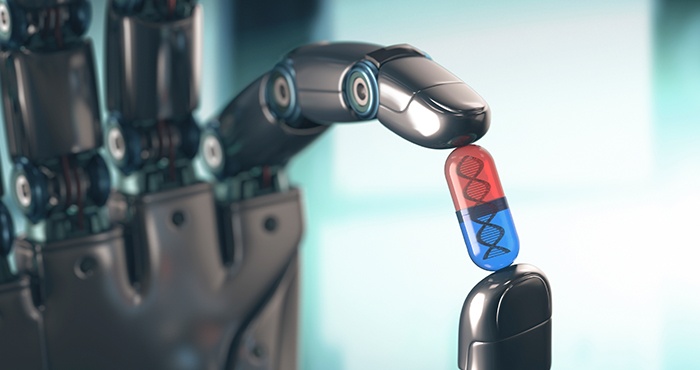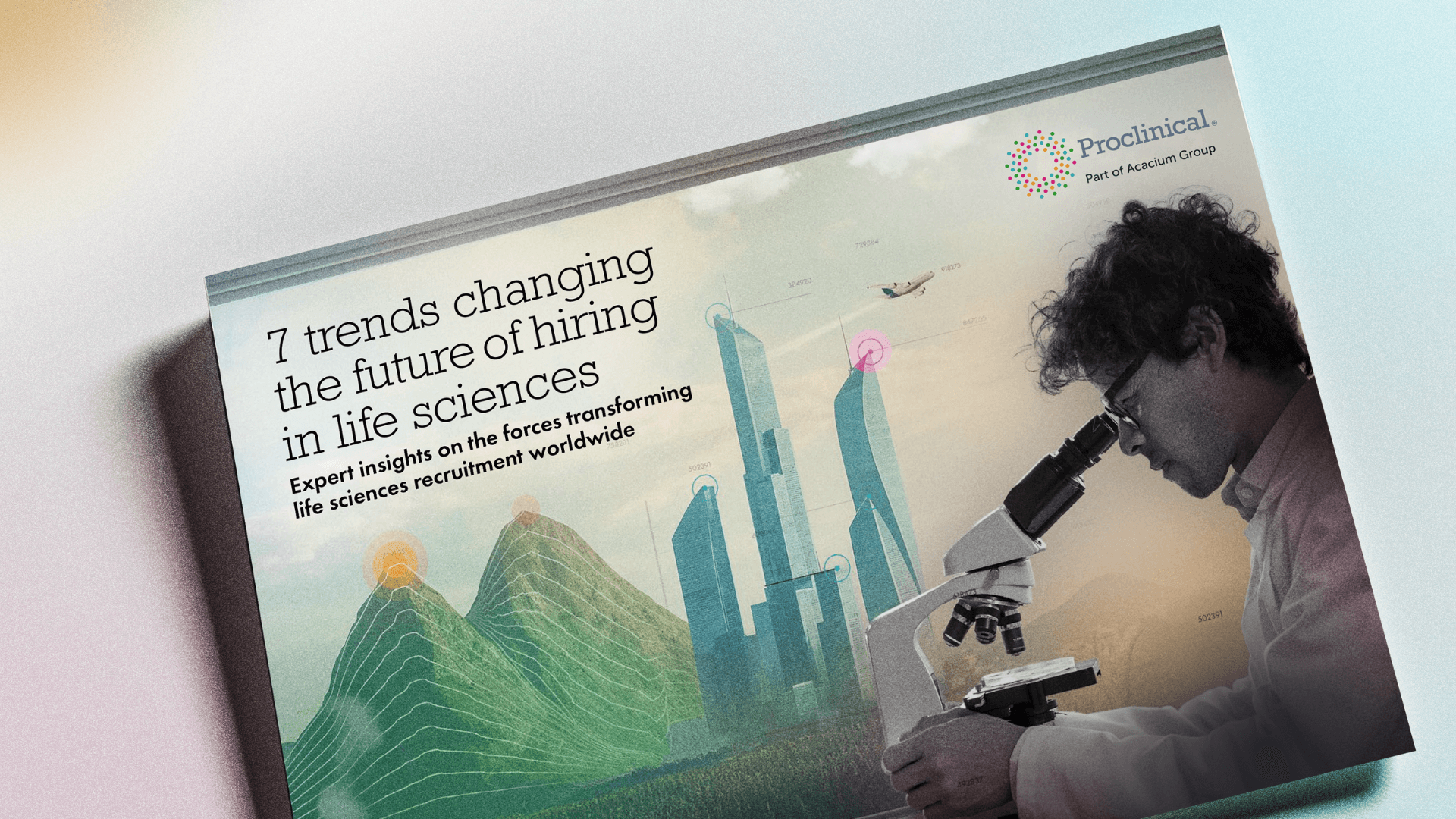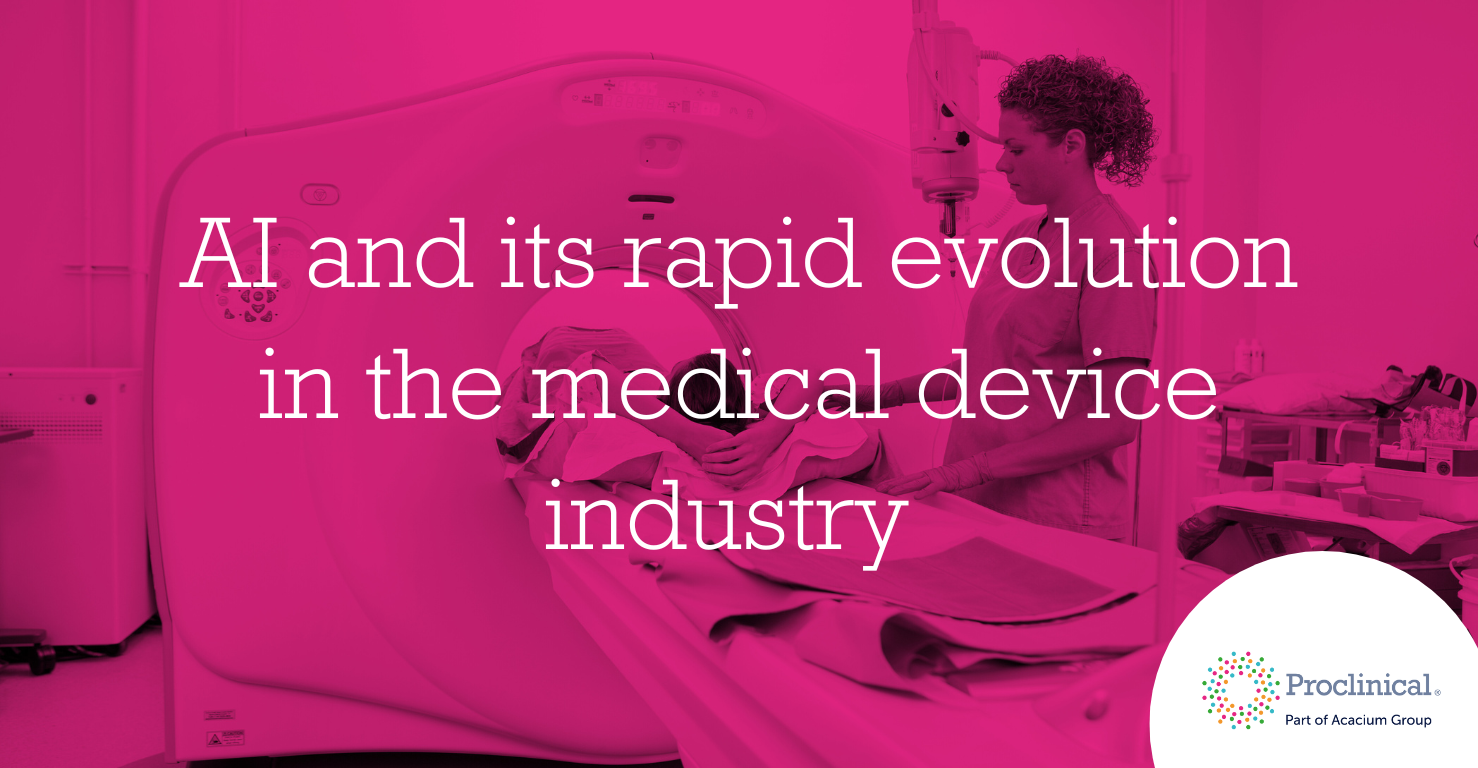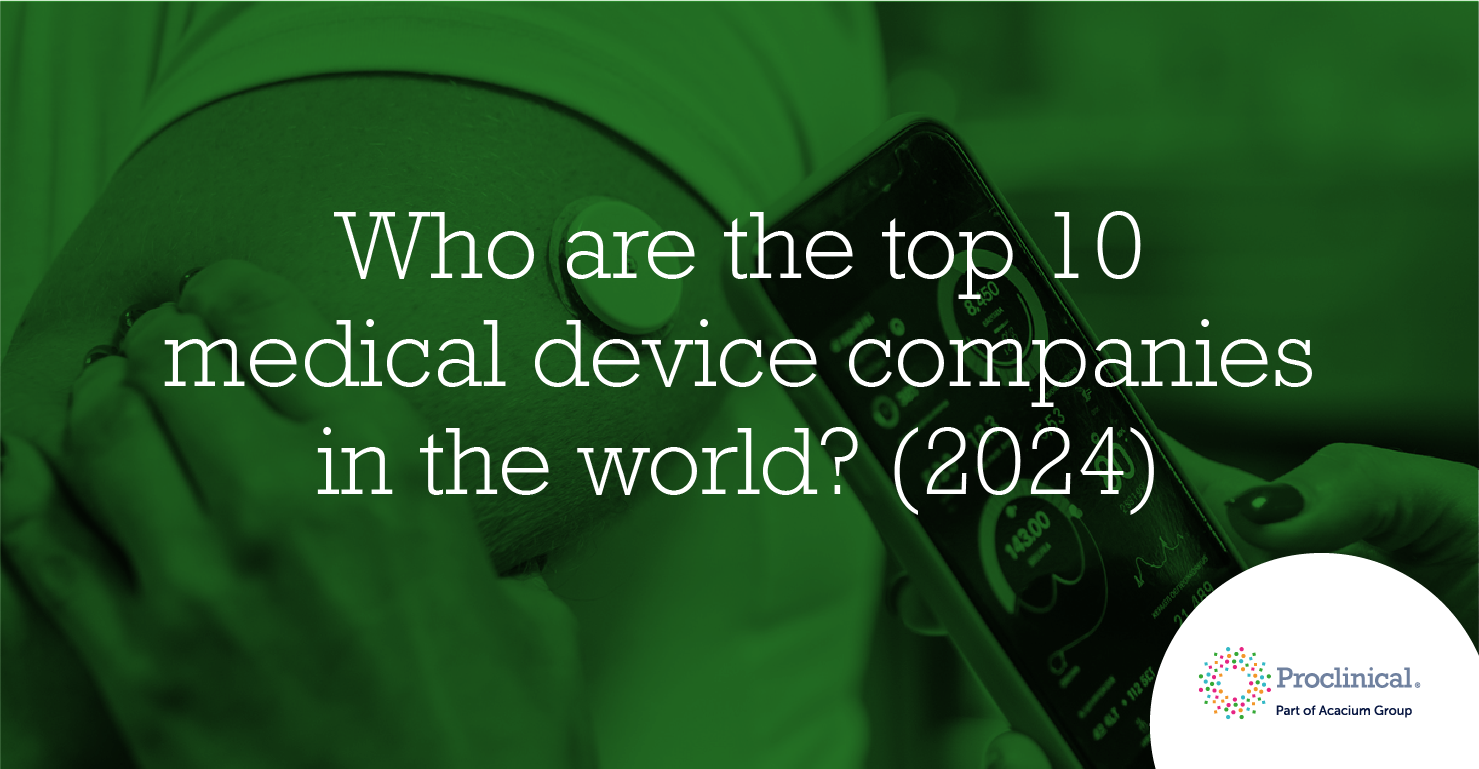

As demand for new drugs and medicines grows, pharmaceutical companies are continuously looking for new ways to increase productivity, leading to an increased reliance on automated equipment and robotics. These changes in ways of working will revolutionise many areas of the industry and are likely to have an effect on jobs
Inevitably, robots will perform some pharma jobs in the future that are currently done by humans, although it is argued by economists that the technology will actually create more jobs than it replaces by giving us
A market report from the Association for Packaging and Processing Technologies (PMMI) stated that by 2018, robots are expected to be used in 34% of primary packaging plants in the pharmaceutical industry representing a 13% increase in less than 5 years. Packaging is not the only area in which robotics could revolutionise drug manufacture, their applications extend even into drug development and discovery.
Efficiency and precision
The use of robots in the pharmaceutical industry has many advantages when it comes to speed. Robots can perform tasks around three or four times faster than humans can and additionally can be used 24 hours a day. Such qualities make them excellent at producing large quantities of a product in a short space of time. Robots are also able to move to a precision smaller than a sheet of paper, which far exceeds the accuracy that any human could provide.
To date, robots have been successfully used by Merck on bottling lines to place dispenser caps onto bottled allergy medications. The robots are capable of operating at 120 cycles per second, with ten variants of the bottle capable of running on the system. The only requirement for the human employees is to select the correct program for the robotic system itself.
It should also be noted that typical robotic systems today use far fewer parts than conventional equipment and have quicker changeover processes as well as less required maintenance. The overall cost of using robots is therefore far less expensive. A single robot can perform the functions of numerous pieces of equipment and therefore reduce the amount of space necessary to build a factory. Unlike conventional equipment, these robots can also be retooled and reworked for completely different applications.
In the laboratory
Many of the tests performed in the lab are to do with research, discovery and development of drugs, and
Fraudulent medications
Robots could also be useful in assisting pharmacies and drug companies in the identification of counterfeit medications or drugs that have been produced fraudulently. With the advent of online pharmacies, there
Robotic pharmacies
We are already seeing some large hospitals and clinics use robotics to dispense various medications. Analysts expect the interest in so-called 'robotic pharmacies' will only increase as demand rises. Additionally, many in the industry are foreseeing total robotic pharmacies in the future that could do away with the need for a pharmacist to physically dispense medications. The benefits of robotic dispensing are decreased errors in giving out incorrect medicines and reduced staff latency resulting in
Sustainability
Just like other industries, the pharma industry is increasingly looking to improve the sustainability of its operations, and in order to do this drug manufacturers have had to reduce waste and pollutants and conserve energy. Robots can certainly assist in achieving these goals as the motors, drives and gearboxes that run them have been found to be up to 95% energy efficient. The increased efficiency and reliability that robots provide also means that there are far fewer rejected products and wasted materials, creating savings in the millions. Furthermore, each robot is constituted of disposable components which in turn reduce cleaning expenses and the amount of water and chemical consumption, thereby reducing carbon footprints.
To the future
The changes and benefits robots that could provide the pharmaceutical industry are seemingly endless. From creating vast savings to
Proclinical

.png)





.png)

.png)
.png)

.png)
.png)












